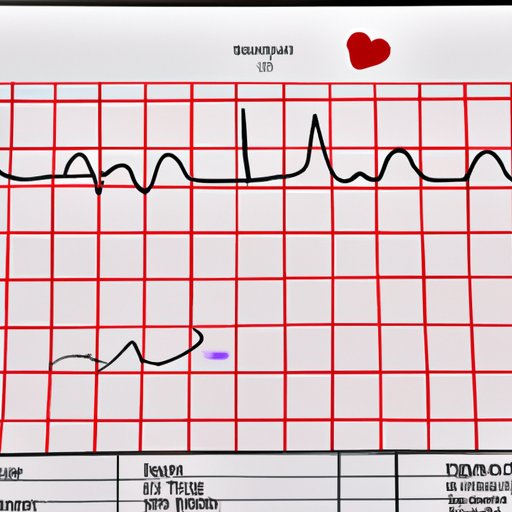
Understanding the Process of a Stress Test
When it comes to assessing heart health, doctors have a variety of tools at their disposal. Among these tools is a stress test, which measures the electrical activity of the heart while an individual exercises. Although the idea of having a stress test may seem daunting, understanding the process can help alleviate fears and underscore the importance of early detection and prevention.
Purpose of a Stress Test
A stress test, also known as a treadmill test or exercise test, helps doctors evaluate heart health and identify potential issues. During a stress test, individuals exercise on a treadmill while their heart rate, blood pressure, and electrocardiogram (ECG) are monitored. The goal is to measure how the heart performs under stress, assessing any warning signs that may require further testing or treatment.
Early detection and prevention are key factors in maintaining heart health. By identifying any issues, such as heart disease or angina, doctors can provide timely and effective care, reducing the risk of complications down the line.
Process of a Stress Echocardiogram
One type of stress test is the stress echocardiogram, which uses ultrasound imaging to capture images of the heart before and after exercise. During the test, a technician records images of the heart at rest and during exercise when the heart is under stress. The images can reveal information about the structure and function of the heart, such as abnormal blood flow, heart valve problems, or areas of the heart with poor blood supply.
The benefits of a stress echocardiogram include the use of non-invasive technology and ability to capture images of the heart in real-time. Additionally, it can provide accurate diagnostic information, which can help guide treatment decisions.
Types of Stress Tests
Aside from a stress echocardiogram, there are several other types of stress tests that doctors may use to evaluate heart health. Two common types are nuclear stress tests and pharmacological stress tests.
A nuclear stress test involves the injection of a small amount of radioactive tracer into the bloodstream, which is taken up by the heart muscle. During exercise, the tracer moves through the bloodstream, highlighting areas of the heart that may not be receiving enough blood flow. A special camera is used to take images of the heart, revealing any potential issues.
In contrast, a pharmacological stress test doesn’t require exercise. Instead, a medication is administered to simulate exercise and measure how the heart responds. This may be a viable option for individuals who are unable to exercise due to health conditions.
The choice of stress test depends on individual needs and circumstances, as each type has its own benefits and limitations.
Preparation for a Stress Test
Before undergoing a stress test, there are several steps patients should take to ensure accurate results and minimize potential risks.
Patients should avoid eating or drinking anything for at least four hours before the test, as a full stomach can interfere with heart activity. They should also avoid consuming caffeine, tobacco, or alcohol for at least 24 hours before the test, as these substances can also affect heart activity.
It’s important to let the doctor know about any medications being taken, as some medications can interfere with the test results. Patients may be instructed to temporarily discontinue certain medications, such as blood pressure medication, before the test.
Risks Associated with a Stress Test
While stress tests are generally safe, there are potential risks associated with the procedure. Some individuals may experience lightheadedness or chest pain during the test, which can be managed and monitored by trained medical staff. It’s important to notify the staff if any discomfort is experienced.
In rare cases, there may be more serious complications, such as a heart attack. However, these complications are extremely rare and generally only occur in individuals with pre-existing heart conditions.
Patient Stories and Perspectives
Although the idea of undergoing a stress test may be intimidating, many individuals have positive experiences. Stories from individuals who have undergone a stress test can provide encouragement and reassurance for those who may be feeling nervous or apprehensive.
Patients may have concerns about the test itself or the potential results, such as fear of receiving a negative diagnosis. Addressing these concerns and providing accurate information can help alleviate anxieties and promote a sense of empowerment.
Conclusion
Stress tests are an important tool in assessing heart health and detecting potential issues. Although the idea of undergoing a stress test may be daunting, understanding the process can help alleviate fears and promote a sense of preparedness.
For those who may need a stress test, it’s important to schedule one and follow through with the test. Early detection and prevention are essential in maintaining heart health and reducing the risk of complications down the line.





